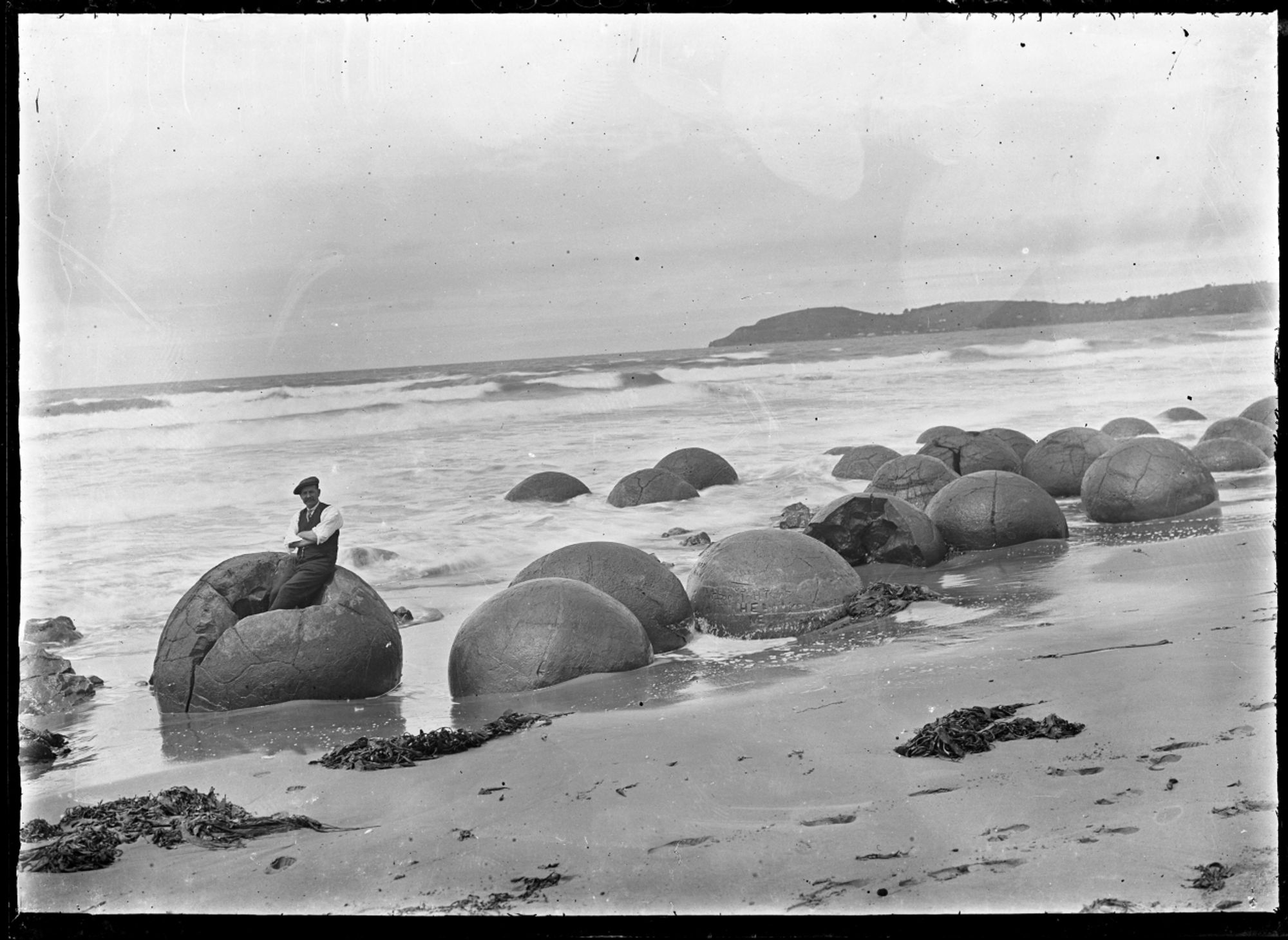
They're made of mud, silt bound with calcite, likely formed in the Paleocene, 50-60 MYA. The actual structures represent 5 million years of accretion, likely where the sea receded & fresh groundwater rich in calcium bubbled into the seabed substrata. (📷: William M. Connolley)

I've taken a few microbiology classes and kind of feel like archaea get shortchanged by being kind of glossed over at the beginning before you know enough to know why they're interested.
There are other area with similar hollow, spherical "septarian concretions". Lots of uncertainty about how they form, why they crack in such distinctive ways, and ... IT'S ALL A COVER-UP THESE ARE GIANT DINO EGGS THE RICH ARE KEEPING TO THEMSELVES DON'T BELIEVE THEIR LIES. (📷:Albert Percy Godber)

